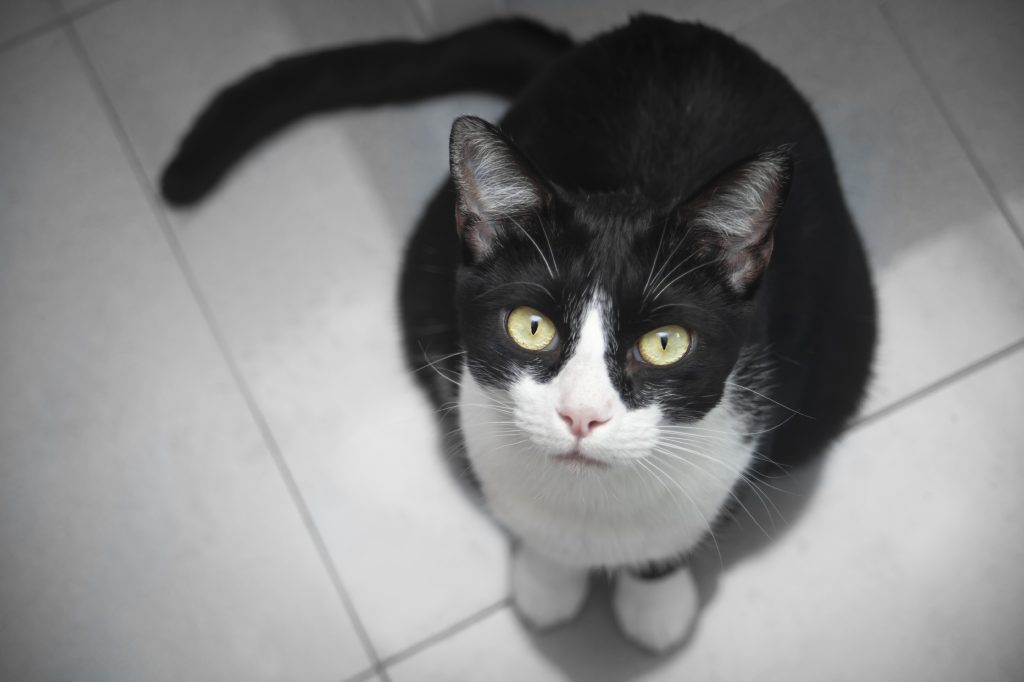Cat or Lion: Differences Between Wild and Domestic Cats
 Although we have been sharing our lives with cats for thousands of years, which may have originated with their rodent control abilities, our modern day house cats are still considered to be semi-domesticated. This characteristic is quite different from dogs, which are considered fully domesticated and probably have been since caveman times.
Although we have been sharing our lives with cats for thousands of years, which may have originated with their rodent control abilities, our modern day house cats are still considered to be semi-domesticated. This characteristic is quite different from dogs, which are considered fully domesticated and probably have been since caveman times.
While we know that the kitty curled up in front of your fireplace is obviously different from a lion stalking the Serengeti, the similarities between the two may actually surprise you.
First, How Wild and Domestic Cats Differ
According to a study published in the Proceedings of the National Academy of Sciences in 2014, many of the differences between wild and domestic cats are in the genes that govern their personality traits, such as aggression. Wild cats are much more aggressive by nature, whereas, house cats are more likely to form memories and learn through reward based stimuli, as well as tolerate and even enjoy human interaction and contact, and living with the family dog.
Other differences include:
- Brain size – Although nearly identical in structure, wildcats have slightly larger brains (for their size) than domestic cats.
- Pupil shape – Unlike the vertical, slit pupils of our domesticated felines, large cats have round pupils. According to a study published in the journal Science Advances, this difference is related to lifestyle.
- The purr – Domesticated cats purr but don’t roar, whereas, lions roar but don’t purr due the anatomical differences in throat anatomy between the two.
Similarities Between Wild and Domestic Cats
Differences aside, genome sequencing reveals that tigers and housecats share around 95 percent of the same DNA. Tigers are closely related to other big cats, so it goes without saying that there are plenty of ways in which the housecat is similar to its wild cousins.
Some of the shared attributes include:
- Sleep –Both wild and domestic cats spend between 16 to 20 hours a day sleeping.
- Smell – Wild and domesticated cats have great senses of smell and both will use their open mouths to smell better.
- Food – Both wild and domestic cats are obligatory carnivores, which means they rely, primarily, on a meat diet, being much better able to digest meat proteins over plant material.
- Self-grooming – Wild and domesticated cats both groom themselves a lot, anywhere from 30 to 50 percent of their waking hours.
- Stalking – All cats, big and small, will stalk their prey and generally confine their hunting to dusk, nighttime, and dawn.
- Playing – Cats of all shapes and sizes enjoy a good session of laser pointer chase, unraveling a role of string or toilet paper, and even playing in boxes.
- Catnip – Although mostly due to the genetics of certain family lines, half of both wild and domesticated cat populations will react strongly to and enjoy catnip.
- Territory marking – All types of cats use similar methods to mark their respective territories, including, spraying, face rubbing to distribute their scent via the glands on their faces, to scratching — a tree trunk if you’re a lion, the couch if you’re a cat.
- Vocalizing – Much like the meowing and chirping you hear from your cat, big cats have their own ways of “talking” to one another that can sound similar.
- Food Games – Domesticated cats often play with their food or hide it (after catching a mouse). Wild cats will often hide their kill by moving it somewhere else or burying it, in order to save it for a later meal.
- Kneading – No one knows for certain why cats knead, perhaps, it’s a carry-over from nursing and a show of contentment, but we do know that wild felines also engage in this endearing behavior.
Your team at Lone Tree Veterinary Medical Center is committed to helping you provide the best possible life for your cat. Please don’t hesitate to contact us with your questions or concerns.

